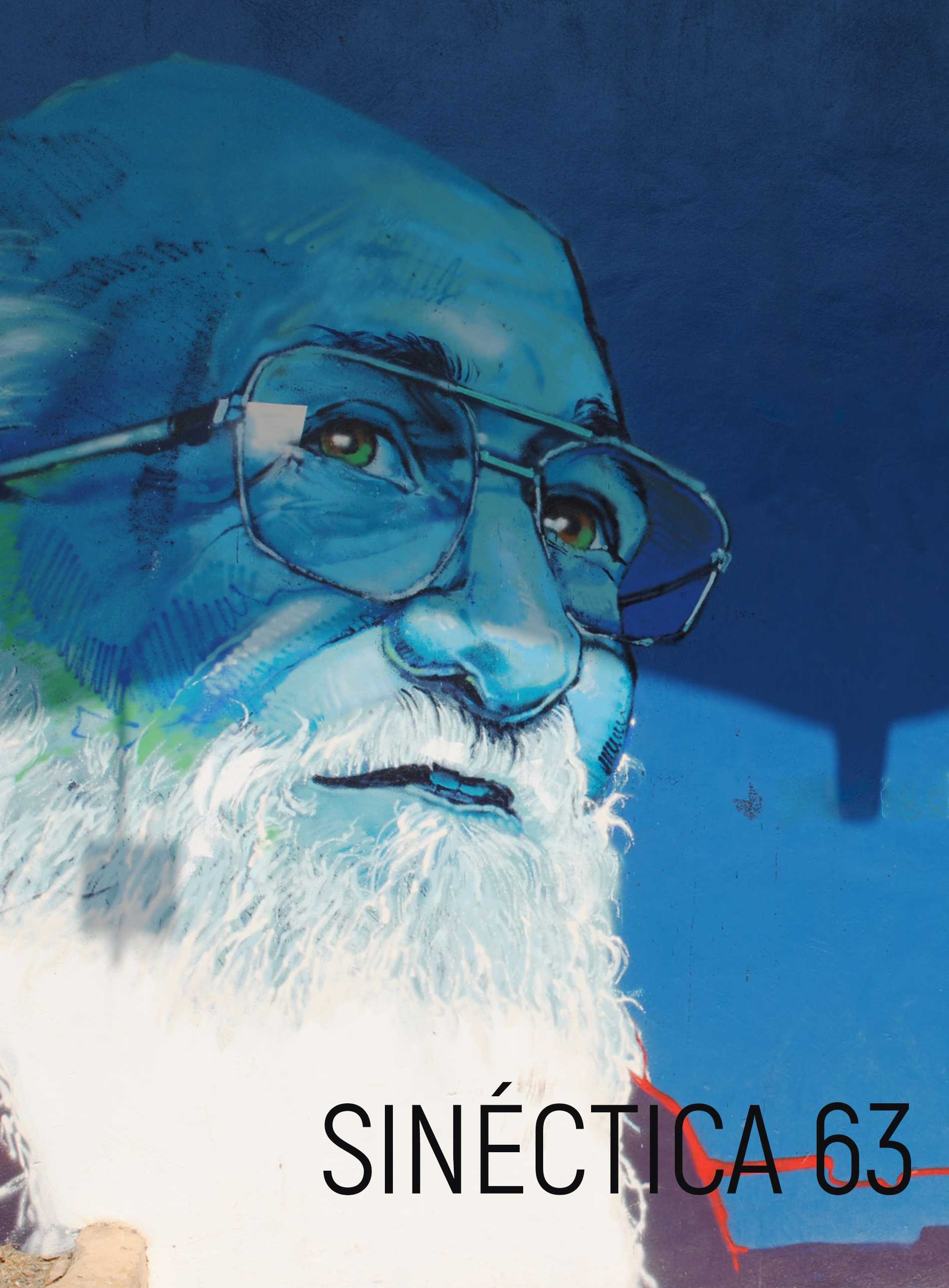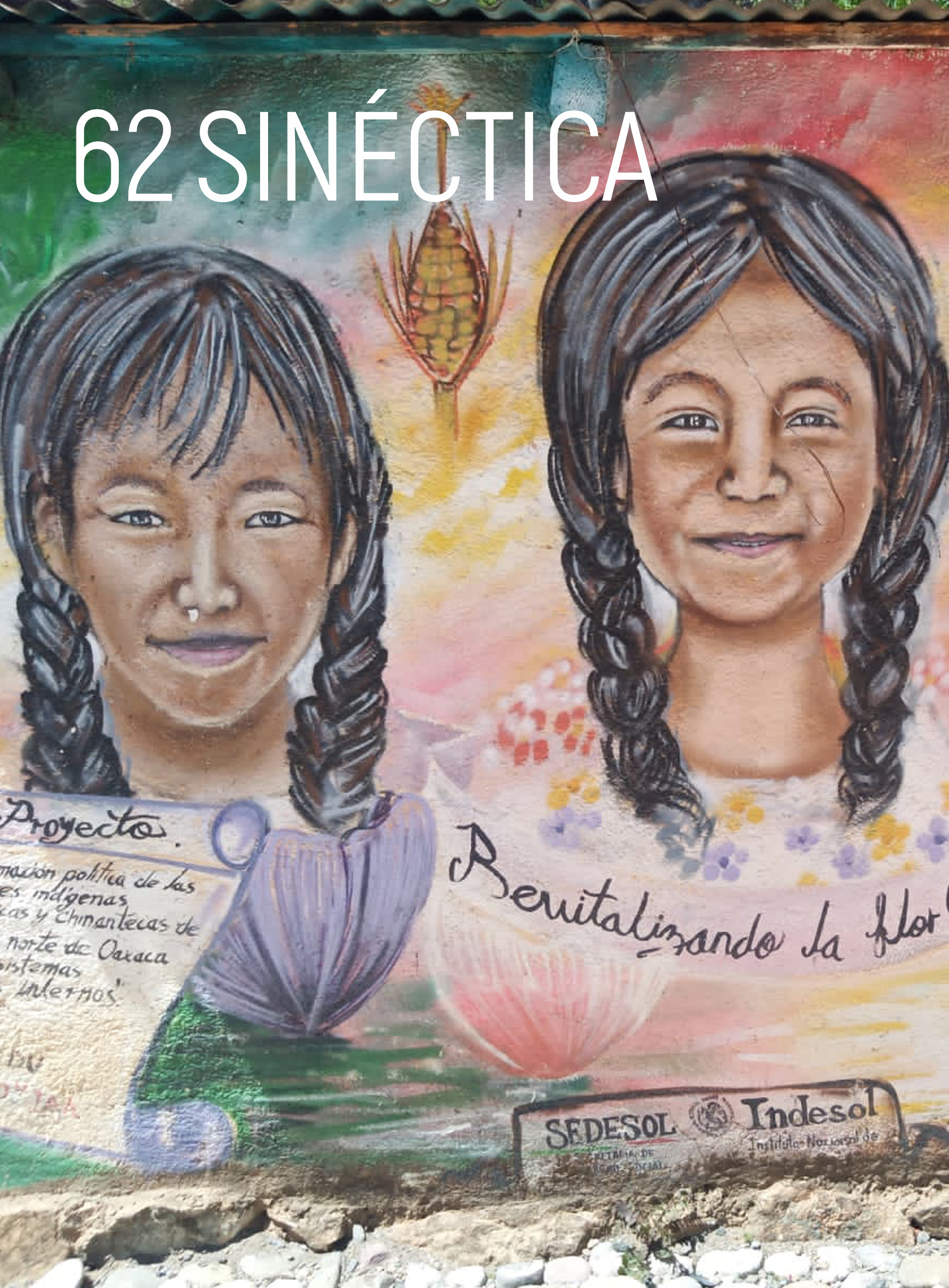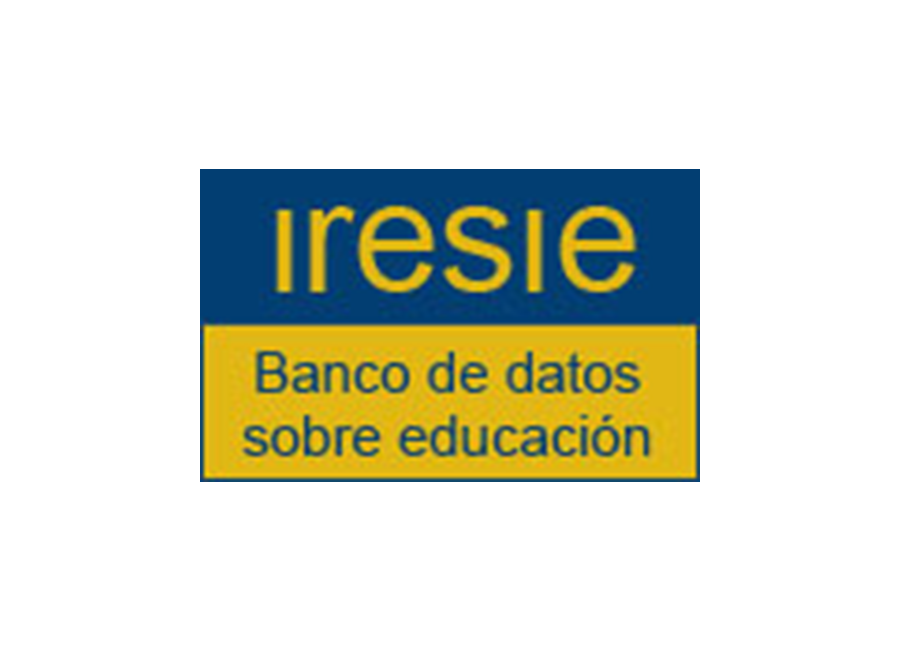School coexistence: Review of the concept from two study cases
DOI:
https://doi.org/10.31391/S2007-7033(2021)0057-003Keywords:
School coexistence, School violence, upper secondary educationAbstract
This document it’s a review of the concept of school coexistence based on the results of two studies cases carried out in a couple of Higher Secondary Education schools in the city of Aguascalientes, one with high levels of school violence and the other with low. Mixed collection techniques were used for both studies: secondary data analysis, questionnaires, individual interviews, group interviews, documentary analysis and others such as social cartography, metaphorical analysis, observation and collaborative ethnographic photography. Here it’s argued that the concept of school coexistence has been treated inadequately in most of the literature on the subject, since they do not refer to interrelational practices within schools or of how people (especially the student body) relate to each other, but on how such practices are managed or should be managed. Here is a rethinking of the concept and a proposal of how to approach it from the sociocultural perspective is presented.
Downloads
References
Bazdresch Parada, M., Arias Castañeda, E. y Perales Franco, C. (2014). Desarrollo socioafectivo y convivencia escolar. Guadalajara: ITESO.
Cano Valverde, M. del R. y Reyes Ruiz, M. T. (2015). Educación emocional para vivir en paz. Estudiantes de educación media superior. Ra Ximhai. Publicación Cuatrimestral de Sociedad, Cultura y Desarrollo Sustentable, vol. 11, núm. 1, p. 209. http://dibpxy.uaa.mx/login?url=http://search.ebscohost.com/login.aspx?direct=true&db=edb&AN=111811483&lang=es&site=eds-live&scope=site
Carbajal Padilla, P. (2013). Convivencia democrática en las escuelas: apuntes para una reconceptualización. Revista Iberoamericana de Evaluación Educativa, vol. 6, núm. 2, pp. 13-35.
Chávez Romo, C., Gómez Nashiky, A., Ochoa Cervantes, A. de la C. y Zurita Rivera, Ú. (2016). La política nacional de convivencia escolar de México y su impacto en la vida en las escuelas de educación básica (A. Gómez Nashiky, A. Ochoa Cervantes y Ú. Zurita Rivera [eds.]). Costa Rica: Universidad Estatal a Distancia. http://investiga.uned.ac.cr/revistas/index.php/posgrado/article/view/1483
Delors, J., Al Mufti, I., Amagi, I., Carneiro, R., Chung, G., Geremek, B., Gorham, W., Kornhauser, A., Manley, M., Padrón Quero, M., Savané, M.-A., Sing, K., Stavenhagen, R., Won Sur, M. y Nanzhao, Z. (1996). La educación encierra un tesoro. Informe de la Comisión Internacional sobre la Educación para el siglo XXI (J. Delors [ed.]). México, DF : Librería Correo de la Unesco.
Fierro-Evans, C. y Carbajal-Padilla, P. (2019). Convivencia escolar: una revisión del concepto. Psicoperspectivas, vol. 18, núm. 1, pp. 1-14. http://dx.doi.org/10.5027/psicoperspectivas-vol18-issue1-
Fierro-Evans, M. C. (2013). Convivencia inclusiva y democrática: una perspectiva para gestionar la seguridad escolar. Sinéctica, Revista Electrónica de Educación, núm. 40, pp. 1-18. http://www.scielo.org.mx/scielo.php?script=sci_arttext&pid=S1665-109X2013000100005&nrm=iso
Fierro-Evans, M. C., Tapia García, G., Fortoul Ollivier, M. B., Martínez Parente Zubirían, R., Macouzet del Moral, M. M. y Jiménez Muñoz-Ledo, M. C. (2013a). Conversando sobre la convivencia en la escuela: una guía para el auto-diagnóstico de la convivencia escolar desde las perspectivas docentes. Revista Iberoamericana de Evaluación Educativa, vol. 6, núm. 2, pp. 103-124.
Fierro-Evans, M. C., Tapia García, G., Fortoul Ollivier, M. B., Martínez Parente Zubirían, R., Macouzet del Moral, M. M. y Jiménez Muñoz-Ledo, M. C. (2013b). Guía de autodiagnóstico. Conversar sobre la convivencia en la escuela. Red Iberoamericana de Convivencia Escolar. http://www.convivenciaescolar.net/encuesta/
Giddens, A. (1998). La constitución de la sociedad: bases para la teoría de la estructuración (2da reimpr.). Amorrortu Editores.
Gollás Núñez, I. Y. (2016). Las prácticas sociales que caracterizan la convivencia cotidiana de la escuela primaria pública. Guadalajara: ITESO.
Gómez Nashiki, A. y Zurita Rivera, Ú. (2013). El estudio de la violencia escolar, orígenes y tendencias. En A. Furlán y T. C. Spitzer Schwatz (eds.). Convivencia, disciplina y violencia en las escuelas 2002-2011. Asociación Nacional de Universidades e Instituciones de Educación Superior.
Heller, Á. (1998). Sociología de la vida cotidiana (5a. ed.). Barcelona : Ediciones Península.
Hirmas, C. y Carranza, G. (2009). Matriz de indicadores sobre convivencia democrática y cultura de paz en la escuela. En III Jornadas de Cooperación Iberoamericana sobre Educación para la Paz, la Convivencia Democrática y los Derechos Humanos (pp. 56-136). Salesianos Impresores.
Palma Sepúlveda, R. (2011). Estudio comparativo sobre experiencias educativas de convivencia escolar y prevención de la violencia escolar en América Latina y el Caribe. En IV Jornadas de Cooperación Iberoamericana sobre Educación para la Paz, la Convivencia Democrática y los Derechos Humanos (pp. 70-113.). ORELAC/Unesco Santiago.
Rockwell, E. (1995). De huellas, bardas y veredas: una historia cotidiana en la escuela. En E. Rockwell (ed.). La escuela cotidiana. México: Fondo de Cultura Económica.
Rodríguez-Figueroa, H. M. (2019). La convivencia escolar desde la perspectiva sociocultural. Universidad Autónoma de Aguascalientes. http://hdl.handle.net/11317/1798
Rodríguez-Figueroa, H. M. (2015). El papel de la gestión de la convivencia escolar en un bachillerato tecnológico del estado de Aguascalientes. Tesis de maestría en Investigación Educativa, Universidad Autónoma de Aguascalientes-Centro de Ciencias Sociales y Humanidades.
Weiss, E. (2015). Más allá de la socialización y de la sociabilidad: jóvenes y bachillerato en México. Educ. Pesqui., vol. 41, número especial, pp. 1257-1272. https://doi.org/10.1590/S1517-9702201508144889
Zalpa, G. (2011). Cultura y acción social. Teoría(s) de la cultura. México: Universidad Autónoma de Aguacalientes/Plaza y Valdés.
Downloads
Published
Issue
Section
License
Copyright (c) 2021 Sinéctica

This work is licensed under a Creative Commons Attribution-NonCommercial 4.0 International License.
This work is licensed under a Creative Commons Attribution-NonCommercial 4.0 International license.
Authors who publish in Sinéctica agree to the following terms:
The authors retain copyright and grant the journal the right of first publication of the authorized work simultaneously under a Creative Commons Attribution License, which allows others to share the work as long as both the authorship of the work and the initial publication in this journal are acknowledged.
Authors may enter into additional separate contractual agreements for non-exclusive distribution of the published version of the journal (e.g., publishing in an institutional repository or a book), with acknowledgement of initial publication in this journal.
Authors are allowed to publish their work in institutional repositories or on their own website before and during the submission process, as it may generate productive exchanges, as well as earlier and greater citation of the published work.
Explanatory note: As of 2017 Sinéctica is governed by the Creative Commons Attribution Non-Commercial 3.0 International License, a version that standardizes licenses internationally.
Articles published between 1992 and 2016 are covered by a Creative Commons Attribution-NonCommercial-NoDerivatives 4.0 International license, which allows a work to be shared and distributed non-commercially and with acknowledgement of the author, but prohibits modification of the original creation.






















